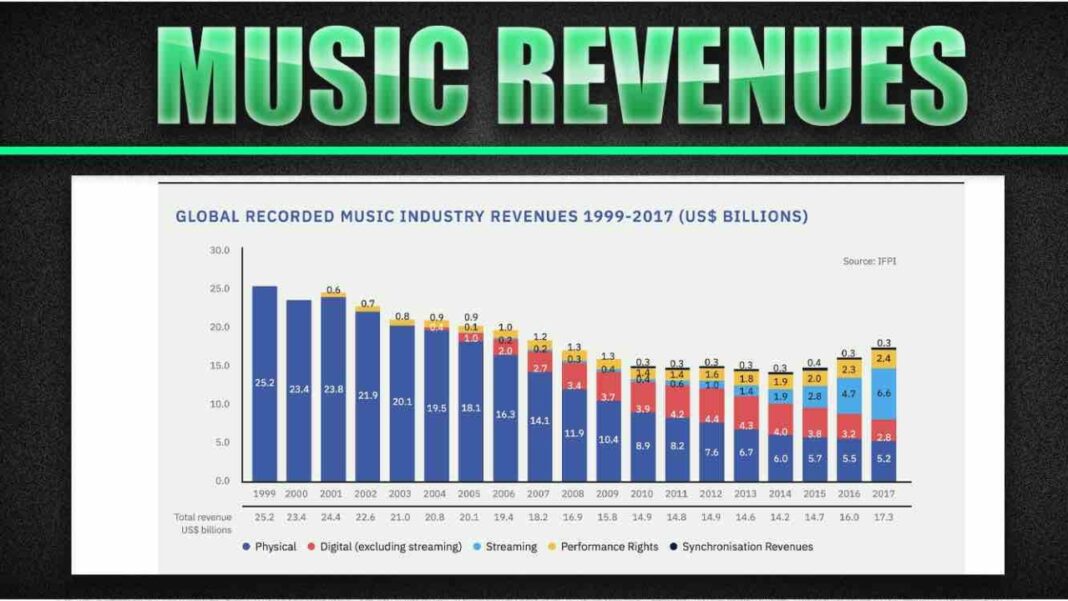In the ever-evolving landscape of the music industry, streaming royalties have become a focal point of discussion and debate. As technology continues to shape how we consume music, the mechanisms through which artists, labels, and streaming platforms handle royalties are poised for significant changes in the coming years.
Current Challenges in Streaming Royalties
Currently, streaming royalties are primarily determined by complex algorithms that calculate payments based on factors like the number of streams, subscription revenue, and region-specific rates. While this model has allowed for unprecedented access to music and a shift away from physical sales, it has also sparked concerns about fairness and transparency.
One of the major challenges is the disparity between what artists earn per stream versus what streaming platforms generate in revenue. Critics argue that the current royalty rates often favor platforms and labels over individual artists, particularly emerging and independent musicians.
Emerging Trends and Innovations
Looking ahead, several key trends and innovations are likely to shape the future of streaming royalties:
- Blockchain Technology: Blockchain holds promise for revolutionizing royalty payments by offering transparency and traceability in transactions. Smart contracts could automate payments based on predefined terms, ensuring artists receive their fair share more efficiently.
- Fairer Revenue Sharing Models: Pressure from artists and industry stakeholders may lead to renegotiations of royalty agreements, potentially resulting in more equitable revenue sharing between platforms, labels, and artists.
- Data Analytics and Personalization: As streaming platforms gather more data on listener preferences, personalized playlists, and targeted advertising, there’s potential for artists to benefit from more precise audience targeting and increased engagement, translating into higher royalties.
- Regulatory Changes: Governments around the world are increasingly scrutinizing the streaming economy. Regulatory changes aimed at ensuring fair compensation for artists could reshape royalty structures and licensing agreements.
- Diversification of Revenue Streams: Artists are exploring alternative revenue streams beyond streaming, such as live performances, merchandise sales, and direct fan support platforms. This diversification could mitigate reliance on streaming royalties alone.
Challenges on the Horizon
Despite these potential advancements, challenges remain:
- Profitability vs. Sustainability: Streaming platforms continue to navigate the balance between profitability and sustainability. This tension could impact royalty rates and revenue distribution.
- Globalization and Royalty Rates: Variations in royalty rates across different regions pose challenges for international artists seeking fair compensation globally.
- User Behavior and Subscription Models: Changes in user behavior, such as shifts towards free-tier streaming or ad-supported models, could influence royalty calculations and artist earnings.
Conclusion
The future of streaming royalties is at a crossroads, shaped by technological innovation, regulatory pressures, and evolving consumer behaviors. While challenges persist, there is also significant potential for positive change. As stakeholders across the music industry collaborate to address these challenges, the hope is for a future where artists can thrive creatively and financially in the digital age of music streaming.


